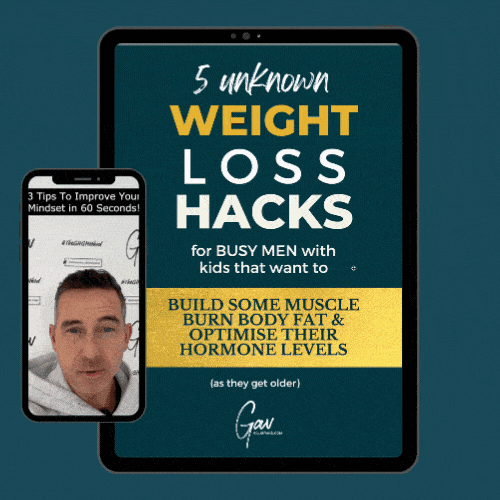When it comes to fat loss, there’s one fundamental principle: you need to be in a calorie deficit. But being in a deficit isn’t just about watching the scale move. It comes with real, physical and mental signals that tell you it’s working.
Here’s a quick video where I break down the 7 signs of a calorie deficit. Scroll down for a deeper dive into each one.Play
1. Hunger Some level of hunger is inevitable. Your body is used to a certain energy intake, and when you cut back, it signals for more food. This doesn’t mean you should feel starving all the time, but mild, manageable hunger between meals is a normal sign that your body is in a deficit.
2. Lower Energy at Times Calories are fuel. When you eat less, it’s natural to have moments where your energy feels lower. This might show up as a mid-afternoon slump, slower recovery from workouts, or just feeling a little less sharp. It shouldn’t feel debilitating, but some dips are to be expected.
3. Sleep Changes Sleep can actually improve for some people in a deficit — lighter meals can make rest feel smoother. For others, it can go the opposite way. Waking up earlier, tossing and turning, or feeling restless at night are all possible. Both reactions are normal, and paying attention to your routine can help manage this.
4. Mood Shifts It’s not uncommon to feel a little more irritable or impatient when you’re eating less. That’s because lower calories affect hormones and brain chemistry, which can heighten emotions. The key is awareness: knowing this is part of the process makes it easier to manage without letting it derail your day.
5. Increased Focus on Food When you’re in a deficit, food tends to take up more mental space. You may find yourself thinking about your next meal, noticing smells more, or even scrolling recipes online more often. It’s your body’s way of drawing attention to energy sources. This isn’t a sign of weakness — it’s biology.
6. Slight Decreases in Performance If you’re training while in a deficit, you may not set new personal records in the gym. Strength and endurance can dip slightly, especially in longer or high-intensity sessions. This doesn’t mean you’re losing all your hard-earned progress — it just means you’re fueling with less. The goal is to maintain as much performance as possible while accepting a small trade-off.
7. Gradual Fat or Weight Loss Finally, the most obvious sign: change in body composition. Over time, you should see the scale trend downward, your clothes fitting looser, or measurements shrinking. Progress won’t happen overnight — there will be ups and downs — but the overall trend should point toward fat loss if your deficit is real.
The Sweet Spot If you don’t feel any of these, you may not actually be in a calorie deficit. On the other hand, if you’re experiencing all of them intensely, your deficit might be too aggressive. The best approach is somewhere in the middle: enough of a challenge to see results, but not so much that it feels unsustainable.
Closing Thought: A calorie deficit isn’t meant to feel like suffering. It’s meant to be a manageable, strategic phase that creates progress. Notice the signs, adjust when necessary, and remember that consistency — not misery — is what leads to long-term success.







